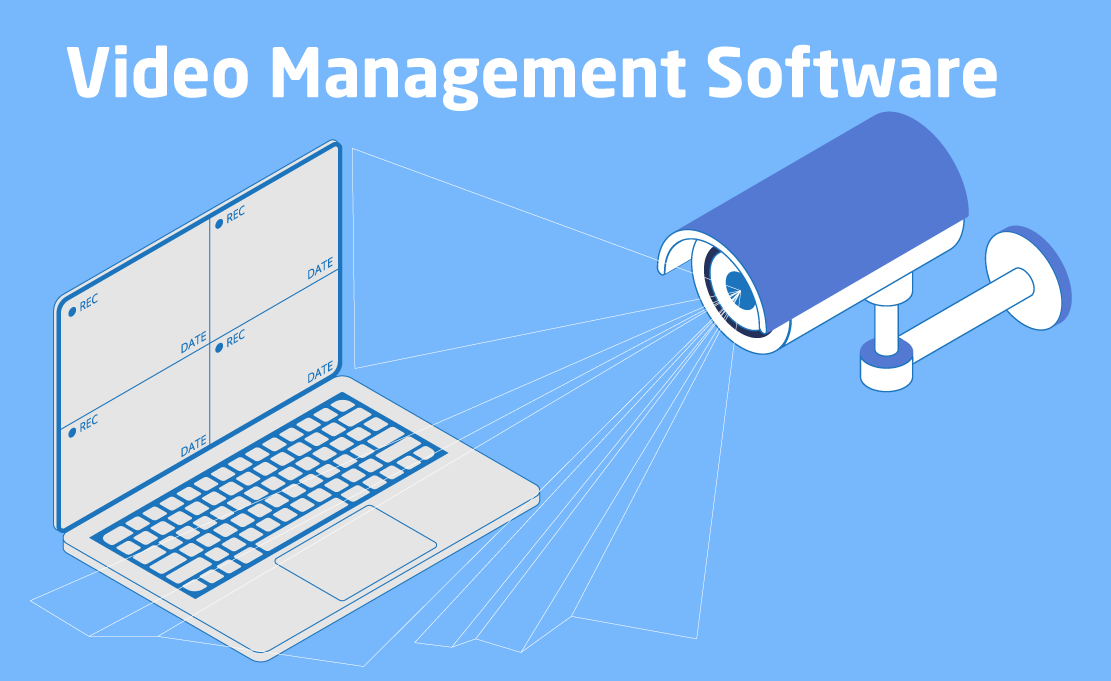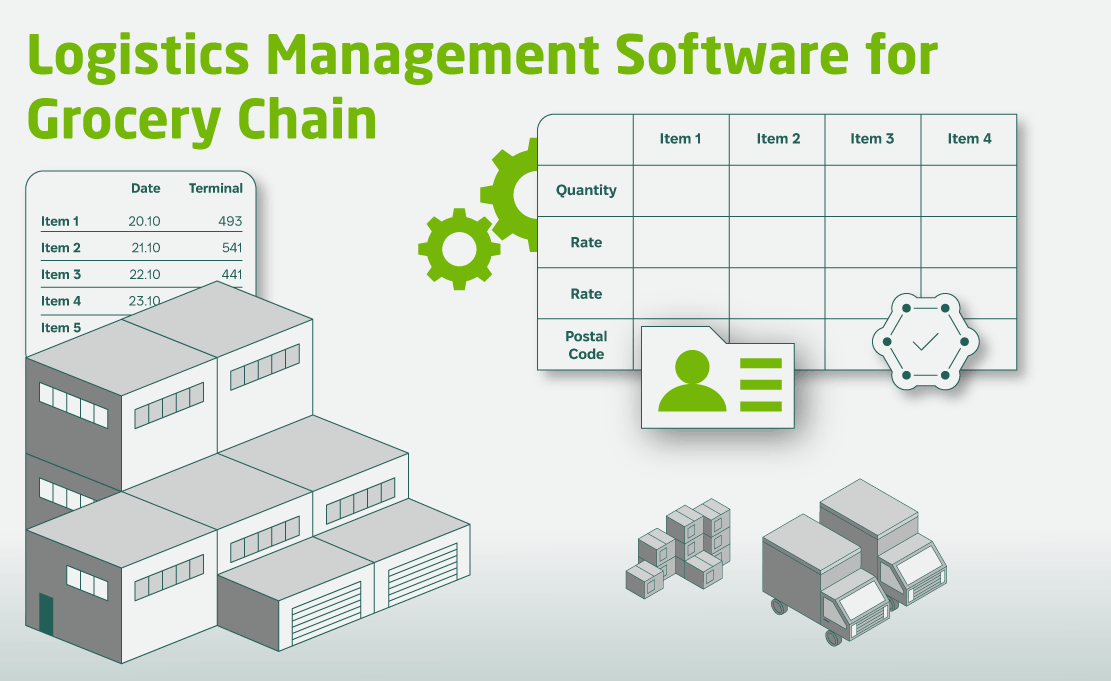Why Desktop Applications Will Still Be in Demand in 2025
Despite the increasing popularity of web applications, desktop apps written in native code are expected to retain their significance across a range of use cases well into 2025. These applications often provide superior performance, enhanced security features, and deeper integration with operating systems compared to their web-based counterparts. Additionally, certain industries such as gaming, graphic design, and software development heavily rely on the capabilities offered by native desktop apps. As technology continues to evolve, it is likely that these types of applications will continue to play an indispensable role in meeting specific user needs and requirements.
Table of content
Introduction
Even though web and mobile applications are quickly gaining space in the software development industry, desktop applications made with native code will always be needed in a series of different cases. For instance, native code offers much better memory safety and operates more securely, enhancing the user experience; they also can address system configurations more easily, hence being able to work more efficiently for whichever specific tasks need to be solved.
It’s important to note that web applications, by definition, run on a web browser, thus being restricted to being made with only a handful of programming languages and always requiring that the user is online. Even though that’s enough for a wide variety of needs, one must notice that it leaves a gap of necessities that can only be fulfilled with a desktop application.
In this matter, .NET is one of the most popular frameworks with a robust API and the capability to be applied to a large suite of needs. For instance, industries like healthcare and engineering rely on desktop applications built with .NET for tasks such as medical imaging and CAD software.
As can be seen in the Precedence Research graph, there’s a clear tendency for big growth in the desktop development industry for the next decade. And, in this article, you will learn the importance of traditional desktop apps, why .NET framework is always stable in the leading role in this huge market, and just how important it will be in 2025 and beyond. Now, let’s dive further into it!
Advantages of Desktop Applications
As a Chudovo company focused on desktop development, here’s a listing of what our team noticed as the most important advantages of creating desktop applications for your company’s projects.
Performance
Desktop applications, by definition, can achieve much superior performance for resource-intensive tasks. Because they are made with native code, they can achieve a much better hardware interaction: Desktop applications can leverage native code to achieve low-level interaction when necessary, such as accessing CPU registers or interfacing with the kernel.
This capability is known to be crucial for industries like manufacturing and healthcare, which usually run some deeply compute-demanding tasks or that control huge amounts of data at the same time – and in which the speed of the program can be life-saving. For instance, in healthcare, native desktop applications are used in medical devices for real-time imaging analysis, where high performance and precision are critical.
In the past century, when we were at the beginning of computation history, such tasks could only be done with low-level languages, such as Assembly and C. However, nowadays, there are many higher-level and more modern solutions, as is the case for .NET, which, being based on C# and C++, offers intuitive APIs that will allow the developer to quickly create an application that can run with much better performance, hence granting that whatever tasks they might have to fulfill will be done with as much resilience and steadiness as possible.
Security
Some desktop applications require a level of security that just cannot be obtained with regular web apps. Think of healthcare or finance-related applications: due to how sensitive the information they deal with, security is imprescriptible and the slightest data leak could lead to compromising the personal information of thousands of people. So, because of this, their applications need to be as safe as possible.
And, in that sense, due to being a complete framework with lots of sophisticated implementations, whilst still providing access to low-level assets with its powerful programming language, .NET is the ideal choice for creating security-first applications. It offers a large support for cryptography implementations and is also capable of providing Code Access Security (CAS), among many other security-focused features.
Hardware Interaction
Due to their capability to talk directly with the CPU, desktop applications can offer a level of hardware interaction that cannot be matched. For instance, they can access serial ports directly, connecting to sensors or industrial equipment, and that is crucial in the areas of robotics, healthcare, point-of-sale systems, etc.
For instance, think about barcode scanners: one scanner needs to run a program that will read the input from the scanner, parse the code, and understand which product it is reading. In these types of necessities, .NET facilitates these interactions a lot, with its powerful native development libraries, such as Ports and Intrinsics, which guarantee direct connection to external drives and access to hardware intrinsics.
Offline Functionality
Because it is not restricted to running on a browser, everything a desktop application might need can be packed within the application itself. This way, the app can be installed and run completely offline, which is critical for environments with limited or no internet connectivity, such as construction sites or remote locations.
Think of operations happening deep in the Amazon forest, or in the African savannah: researchers need to record what they’ve learned, and they will have no connection for days to come. Hence the need to utilize native apps running within the computer.
Specialized UI/UX
Because they are focused on a specific purpose, desktop applications can achieve a very refined and specialized UI/UX. It is to be noticed that, since they aren’t stuck to the limitations of a web browser, the UI is 100% customizable to the taste of the developer, and this guarantees that the application will be as refined as possible to its use case.
Fine-tuning
Because desktop applications can be created for some highly specialized use cases, they can be fine-tuned to the hardware in which they will run. For instance, if it is an embedded application running on hardware with serious constraints of memory or storage, the developer can adapt his code to run in that specific environment.
Industry-Specific Use Cases
During our 15+ years of experience here at Chudovo, we’ve met all sorts of use cases and completed many projects in several different areas. Here’s what our team has noted to be the most remarkable points in the development of desktop applications for each industry:
Manufacturing
The manufacturing industry needs to deal with robotics and CNC machinery – and they must be controlled by a computer, which has to be able to understand the machines’ signals and instructions, and communicate with them.
Such a thing can only be achieved with a desktop application: they must do heavy quality control and inspection software, as well as run inventory management systems. And, in that matter, .NET is the top choice for the software creation process, as it has the best interface for connecting with robotic arms, barcode scanners, etc.
Healthcare
Healthcare systems perform critical tasks and lives literally depend on how precise they are. Electronic health record systems, for instance, must do real-time data processing to alert doctors in case of heart failure or anything like that. They must achieve a high level of security, as a data breach would lead to the exposition of sensitive data from patients. Because of this, many hospitals use .NET desktop applications to manage patient data, integrate with medical imaging devices, and provide real-time monitoring.
Construction
Construction sites must use Building Information Modeling (BIM) software for project management and scheduling tools. They specialize in performing on-site data collection and analysis, managing project timelines, and material usage, and even accessing BIM data for offline functionality directly on construction sites.
Retail/Point-of-Sale (POS)
Retail/POS industries require extremely specialized systems that require fast and reliable interactions with barcode scanners, payment terminals, and receipt printers. They’re also responsible for inventory management and sales tracking while running data analysis processes for customer loyalty programs. Many such programs run on .NET-based platforms, because of their ability to easily connect to Microsoft Azure for cloud database management, and also because of how easily it connects to external machines.
Finance
Trading platforms require a higher level of security, high performance, process financial modeling software, and real-time data processing which can only be achieved by using desktop applications. Their needs have to be tailored to this particular and high-risk use case, and even the slightest glitch can make for thousands of dollars in loss.

Certified engineers
Convenient rates
Fast start
Profitable conditions
Agreement with
EU company
English and German
speaking engineers
.NET’s Role in Desktop Application Development
As we have seen in this article, .NET takes a leading role in the market as the top 1 platform for developing desktop applications. Its stability and the fact that it accepts C# and C++ guarantee that, once an application is compiled, will run perfectly; also, because of the compilation, its capability of running cross-platforms is guaranteed.
Still, the most important thing to be noted is the fact that .NET is developed and maintained by Microsoft. Hence, it has a level of connectivity to Microsoft’s platforms, services, and API which cannot be matched by other platforms, and that happens by design. So, because most users of desktop applications are in a Windows environment, it is guaranteed that your application will be able to reach as many users as possible.
That is best explained by some of .NET’s native libraries, such as Windows Presentation Foundation (WPF), which specializes in creating graphical interfaces that are highly customizable and responsive easily and quickly, .NET MAUI (Multi-platform App UI) and Blazor Hybrid, which both allow for the creation of cross-platform apps with a single code-base and, most of all, WinUI, which is an interface library created by Microsoft and which assists in the quick development of next-gen software for Windows, considered as the successor to WinForms, WPF and UWP.
And, at last, .NET integrates perfectly with Microsoft’s ecosystem, by connecting to tools such as Azure for cloud development, scalability, databases and the facilitation of authentication services, Microsoft Graph for accessing corporate data in Microsoft 365, and even tools such as Visual Studio are especially adapted for the usage of .NET, providing development support with IntelliSense, assisted debugging, a unique level of integration.
Conclusion
With all of this in mind, it is easy to understand that desktop applications will remain relevant in 2025 and beyond. There will, very surely, always be use cases for native code, and those we cited here will always be done with dedicated apps, simply because that’s what fits the use case the most. Some areas, like healthcare, manufacturing, robotics, trading platforms, etc will always require the safety, reliability, performance, hardware interaction, and offline functionality that only a native application can bring.
And, in this matter, .NET is one of the most powerful platforms one can use to develop a desktop application, due to its large library and how it can connect with Microsoft’s environment, and that’s why we at Chudovo have chosen to specialize in this very important technology. As most users are located in a Windows environment, it is much more convenient to dedicate to C# and C++, since they can, by design, communicate with the operational system to a level no other languages or application types can.
The future is bright for .NET: constantly receiving new updates, as its newest version was released this year and the next is due in November 2025, it is stable as the top 1 framework for developing desktop applications, as this Statista research shows, and also this Zippia research shows that there currently are more the 300 thousand .NET developers employed in the US. This shows the clear tendency .NET has to solidify its presence in an environment where the other available options are by definition incapable of reaching its level of compatibility with Windows and Microsoft’s environment.
FAQ
So, is the market for native / desktop software development still active in 2024/2025?
Yes, and it will surely remain like this! As we have shown previously, desktop applications are used in a large number of cases and it is certain that they will continue to be in high demand in 2025 and in years to come. And, as a matter of fact, this research from Stack Overflow leads to the conclusion that it is the top framework for desktop development. It ranked top 1 in the chart in 2024 and has consistently held this position throughout the years.
How can I become a .NET developer?
There are many means of becoming a .NET developer, but it is to be noted that, if you are new to the programming area, perhaps starting to learn C# would be better for you. It is way easier to understand and more friendly to new learners. If you are a more advanced programmer, perhaps C++ would open more possibilities for you. We discuss this topic further in our article about .NET.
Is there any difference between coding in .NET with C# or C++?
Yes! One must understand that C++ was created based on C as an addition to the famous low-level language (that’s why its name means C + 1). C++ is actually considered an intermediate-level language because it offers some degree of hardware interaction and low-level functions. Meanwhile, C# is a high-level language, mainly focused on web development, easier to understand, and more friendly to new users.
Because of this crucial difference, C# is usually used in tasks that don’t require much performance and that will run in a more common environment, unlike C++, which can even run on an embedded system.
Contact our team of expert programmers in Chudovo to integrate .NET desktop solutions into your processes!





